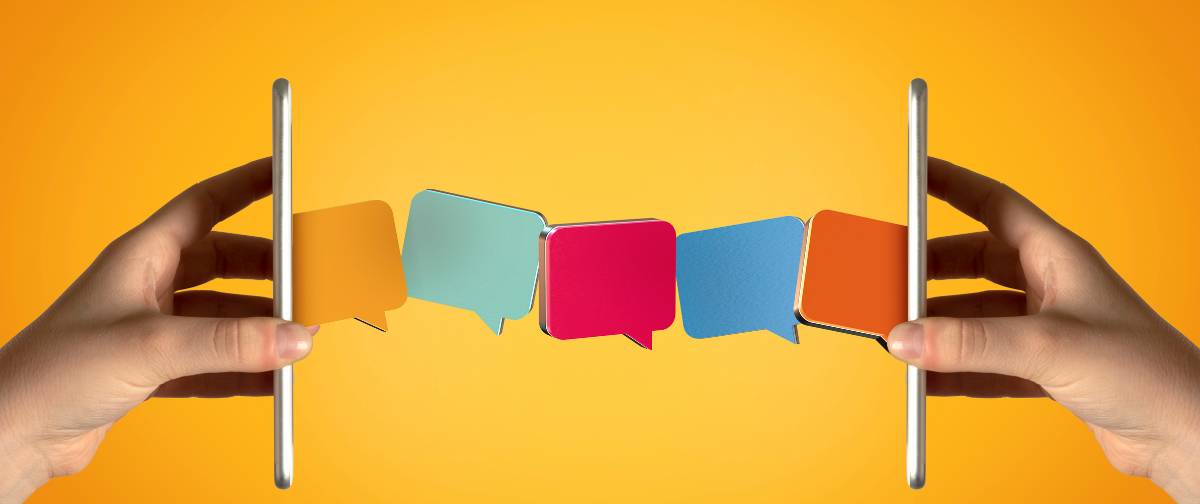You’ve crafted the perfect email. Your subject line is catchy, the content is polished, and your call to action is crystal clear. But when exactly should you send it?
Finding the right time to send an email campaign can be the difference between a click and a scroll past. At SMTP2GO, we know that good deliverability is only half the equation. Getting your timing right gives your emails the best possible chance to be opened, read, and acted on.
Let’s explore what to send and when to send it, so your messages land when your audience is most ready to engage.
Why Timing Makes a Difference
Most inboxes are noisy. People receive dozens, if not hundreds, of emails each week. Even your most loyal subscribers can miss your message if it arrives at the wrong time. Whether you’re sharing a promotion, a newsletter, or a product update, understanding your audience’s behaviour is key to standing out.
Sending at the right time means your message reaches your subscribers when they are most likely to be checking their emails and, more importantly, when they are ready to take action.
What Kind of Email Are You Sending?
The type of message you’re sending will influence the best time to send it. Not all emails follow the same rhythm.
Promotional Campaigns
Sales, discounts, and limited-time offers should reach your audience when they are alert and more likely to make a decision quickly. Mid-morning or early afternoon during the working week often works well.
Newsletters and Educational Content
These are typically less urgent and can be scheduled when your readers are more relaxed. Late mornings during the week or Sunday afternoons tend to see higher engagement.
Transactional or Account Emails
Things such as order confirmations, password resets, and booking reminders should be sent immediately, regardless of time or day. These messages serve a functional purpose and are expected right away.
The Best Days to Send
There’s no perfect day that works for every business, but patterns do emerge.
Tuesdays, Wednesdays, and Thursdays often perform best. People are back into work mode but not yet in weekend wind-down.
Mondays can be hit or miss, depending on your industry. People are catching up, and your email may get buried.
Fridays may work if your offer is tied to weekend plans, but engagement tends to dip later in the day.
Weekends can be surprisingly effective for certain audiences, particularly for lifestyle, retail, or family-focused content. Sunday afternoons often perform better than Saturdays.
What Time Should You Send?
Just like with days, the ideal time depends on who your audience is and how they behave.
Early Morning (6 am to 9 am): People often check emails first thing. Good for B2B or time-sensitive news.
Mid-Morning to Midday (10 am to 1 pm): A sweet spot for both promotional and informational emails. Your audience is usually settled into their day and checking their inbox.
Afternoon (2 pm to 4 pm): This works well for follow-ups and reminders.
Evening (7 pm onwards): Emails sent in the evening can work for e-commerce and lifestyle content, when people are unwinding and browsing on mobile devices.
Consider Your Audience’s Routine
Every audience is different. What works for a busy professional might not work for a stay-at-home parent or a college student. Here’s how you can tailor your timing strategy:
Use Time Zones: Segment your list by location so your email lands at the right local time.
Track Engagement Patterns: Look at your email reports to see when people are opening and clicking. Over time, this will reveal patterns unique to your list.
Adjust by Industry: For example, retail campaigns might perform better on weekends, while B2B emails tend to do better midweek.
Make Use of SMTP2GO’s Tools
SMTP2GO offers powerful features to help you test and refine your timing strategy.
A/B Testing: Try sending the same campaign at two different times to see which performs better.
Detailed Analytics: Track opens, clicks, and bounce rates to find the sweet spot for your audience.
Email Testing: Use our built-in testing tool to preview how your email will look across devices and inboxes. You can even check for spam triggers before sending, giving you peace of mind and better deliverability.
Final Tips
Start with Best Practices, but Experiment: General timing rules are a great starting point, but the best data will always come from your own audience.
Stay Consistent: If you send a newsletter every Sunday at 6 pm, stick to it. Your subscribers will come to expect it.
Let Subscribers Guide You: Consider giving readers options for how often they’d like to hear from you, and when. Respect their preferences and time zones whenever possible.
Timing is more than a technicality. It’s a strategic tool that can help you connect with your audience at the right moment, not just the right inbox. By thinking carefully about what you send and using SMTP2GO’s features to test and refine your timing, you’ll be well on your way to more effective email campaigns.
Need help optimising your next send? Log in to SMTP2GO and start experimenting with your perfect timing today.






